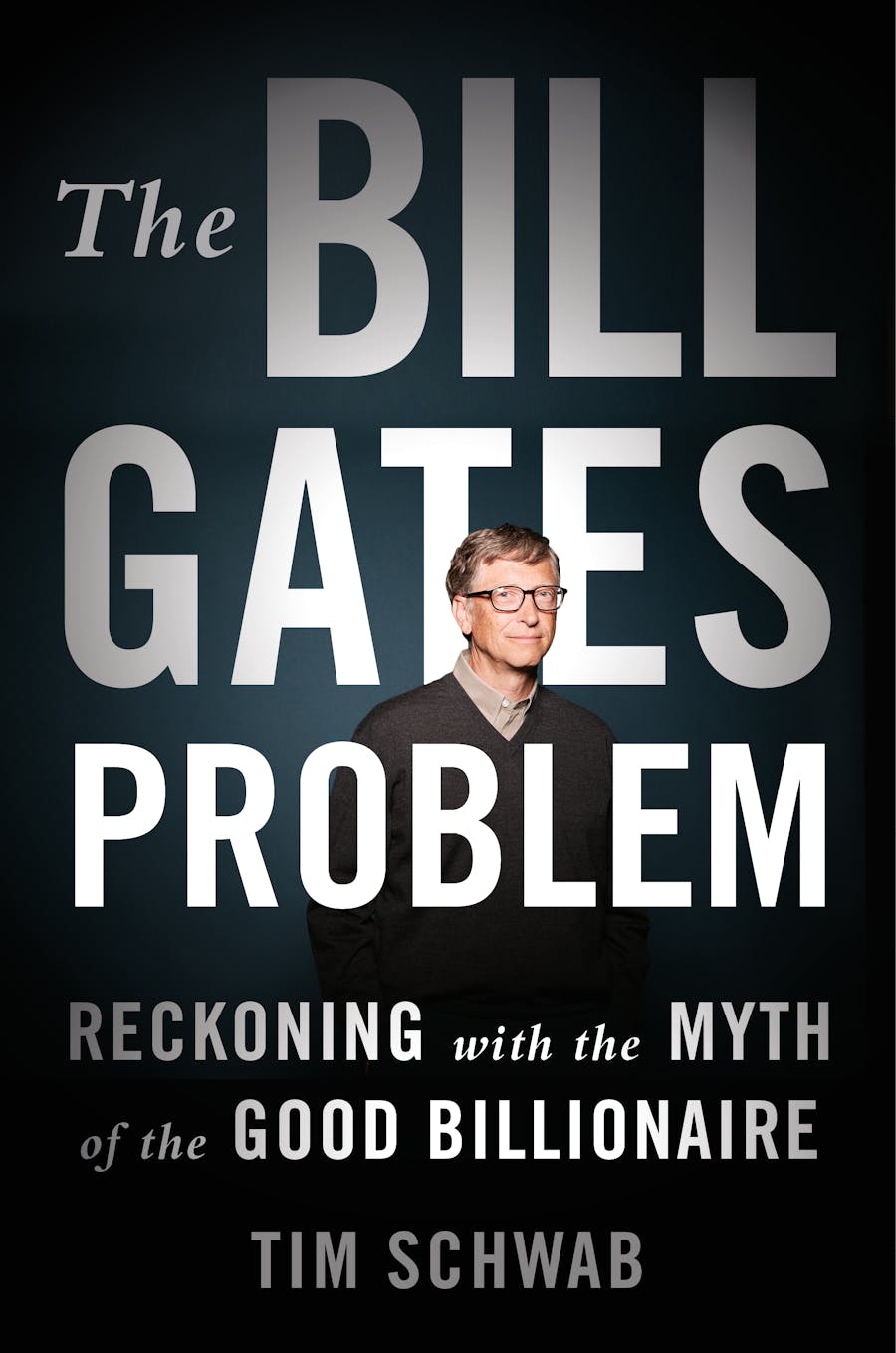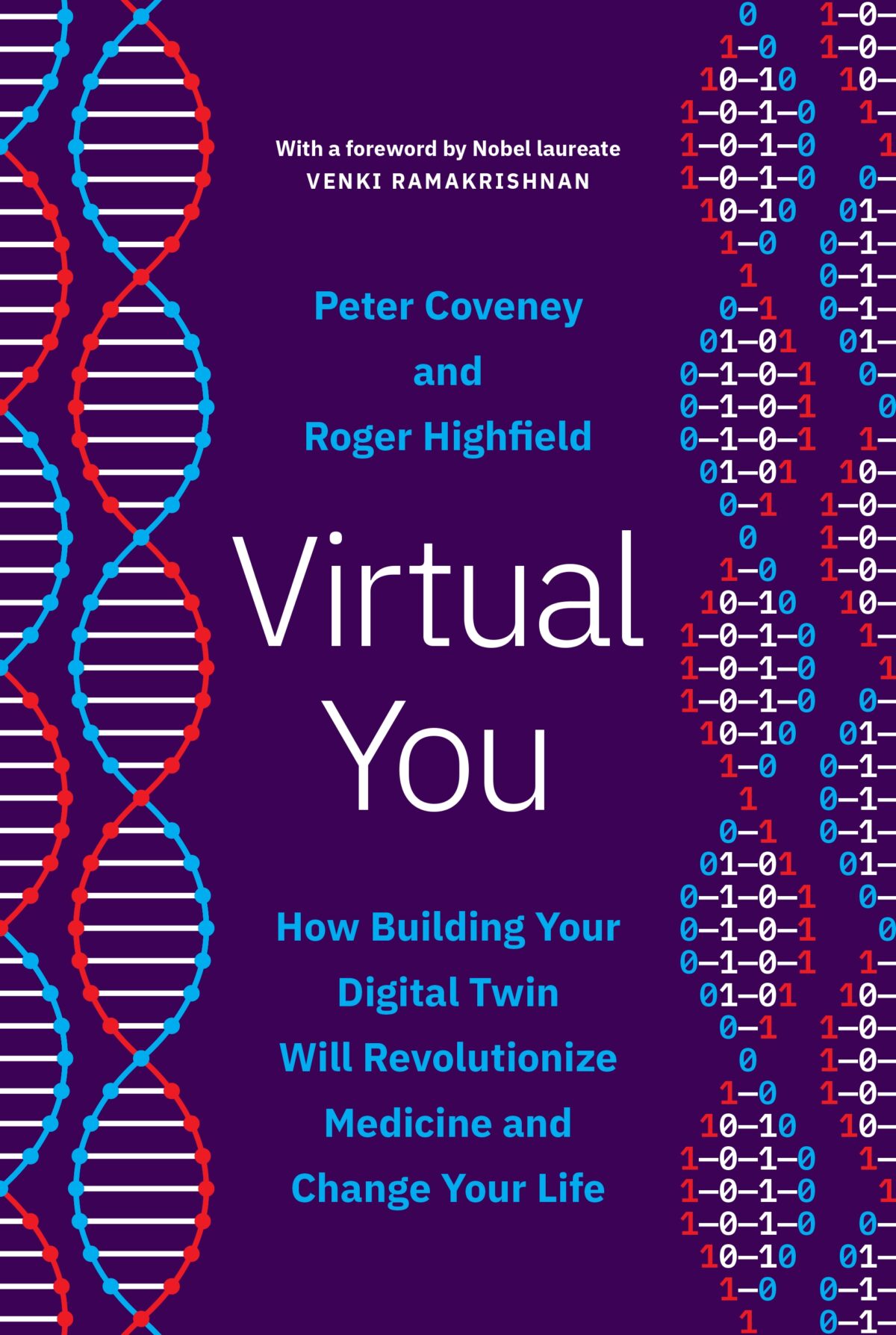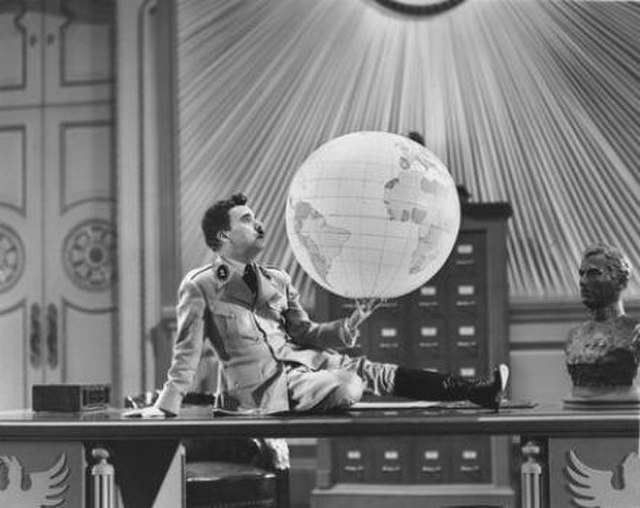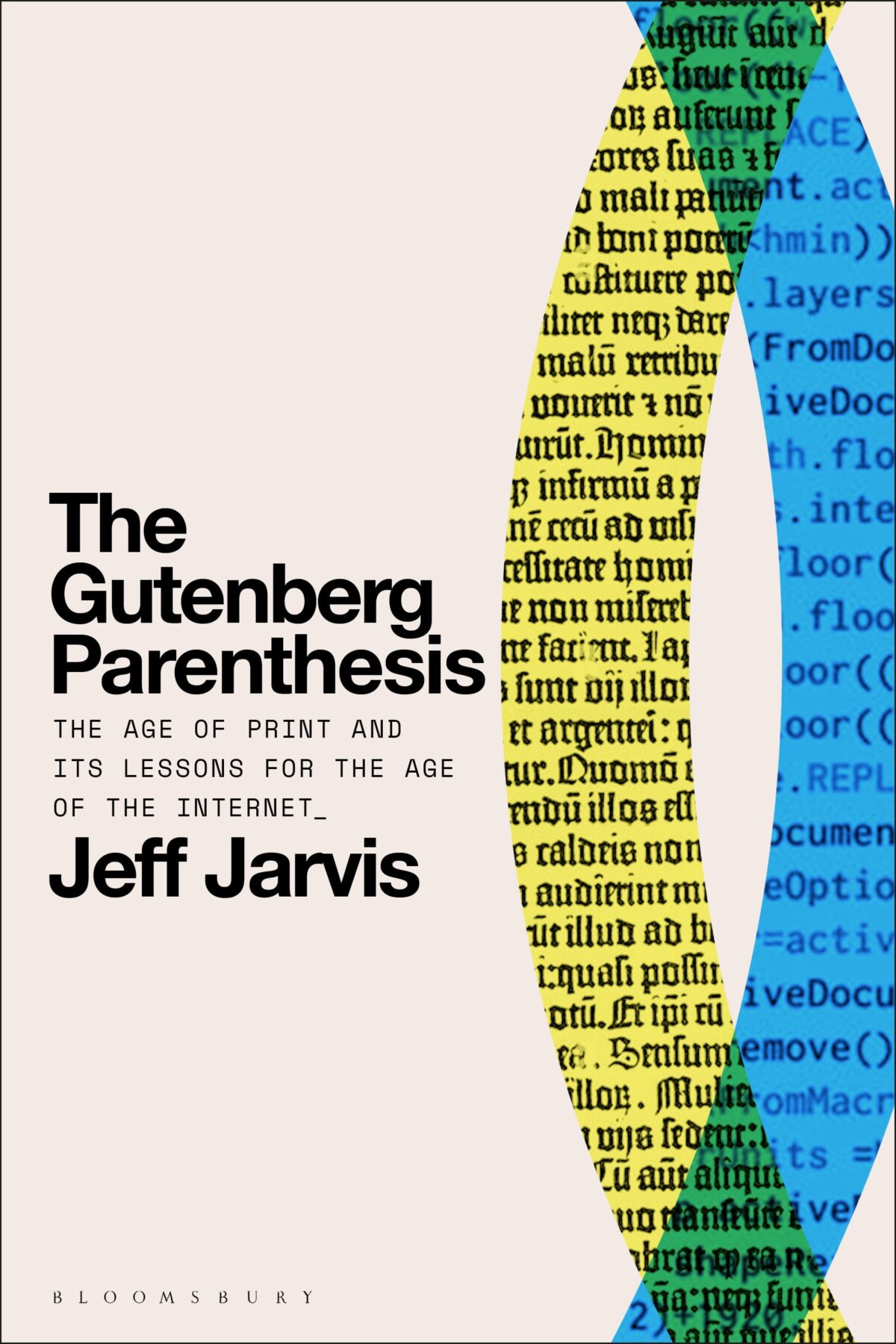There is this to be said for nuclear weapons: they haven’t scaled. Since 1969, when Tom Lehrer warned about proliferation (“We’ll try to stay serene and calm | When Alabama gets the bomb”), a world of treaties, regulation, and deterrents has helped, but even if it hadn’t, building and updating nuclear weapons remains stubbornly expensive. (That said, the current situation is scary enough.)
The same will not be true of drones, James Patton Rogers explained in a recent talk at Kings College London about his new book, Precision: A History of American Warfare. Already, he says, drones are within reach for non-governmental actors such as Mexican drug cartels. At the BBC, Jonathan Marcus estimated in February 2022 that more than 100 nations and non-state actors already have combat drones and these systems are proliferating rapidly. The brief moment in which the US and Israel had an exclusive edge is already gone; Rogers says Iran and Turkey are “drone powers”. Back to the BBC in 2022: Marcus writes that some terrorist groups had already been able to build attack drone systems using commercial components for a few hundred dollars. Rogers put the number of countries with drone capability in 2023 at 113, plus 65 armed groups. He also called them one of the “greatest threats to state security”, noting the speed and abruptness with which they’ve flipped from being protective and their potential for “assassinations, strikes, saturation attacks”.
Rogers, who calls his book an “intellectual history”, traces the beginnings of precision to the end of the long, muddy, casualty-filled conflict of World War I. Never again: instead, remote attacks on military-industrial targets that limit troops on the ground and loss of life. The arrival of the atomic bomb and Russia’s development of same changed focus to the Dr Strangelove-style desire for the technology to mount massive retaliation. John F. Kennedy successfully campaigned on the missile gap. (In this part of Rogers’ presentation, it was impossible not to imagine how effective this amount of energy could have been if directed toward climate change…)
The 1990s and the Gulf War brought a revival of precision in the form of the first cruise missiles and the first drones. But as long ago as 1988 there were warnings that the US could not monopolize drones and they would become a threat. “We need an international accord to control drone proliferation,” Rogers said.
But the threat to state security was not Rogers’ answer when an audience member asked him, “What keeps you awake at night?”
“Drone mass killings targeting ethnic diasporas in cities.”
Authoritarian governments have long reached out to control opposition outside their borders. In 1974, I rented an apartment from the Greek owner of a local highly-regarded restaurant. A day later, a friend reacted in horror: didn’t I know that restaurateur was persona-non-patronize because he had reported Greek student protesters in Ithaca, New York to the military junta then in power and there had been consequences for their families back home? No, I did not.
As an informant, landlord’s powers were limited, however. He could go to and photograph protests; if he couldn’t identify the students he could still send their pictures. But he couldn’t amass comprehensive location data tracking their daily lives, operate a facial recognition system, or monitor them on social media and infer their social graphs. A modern authoritarian government equipped with Internet connections can do all of that and more, and the data it can’t gather itself it can obtain by purchase, contract, theft, hacking, or compulsion.
In Canada, opponents of Chinese Communist Party policies report harassment and intimidation. Freedom House reports that China’s transnational repression also includes spyware, digital threats, physical assault, and cooption of other countries, all escalating since 2014. There’s no reason for this sort of thing to be limited to the Chinese (and Russians); Citizen Lab has myriad examples of governments’ use of spyware to target journalists, political opponents, and activists, inside or outside the countries where they’re active.
Today, even in democratic countries there is an ongoing trend toward increased and more militaristic surveillance of migrants and borders. In 2021, Statewatch reported on the militarization of the EU’s borders along the Mediterranean, including a collaboration between Airbus and two Israeli companies to use drones to intercept migrant vessels Another workshop that same year made plain the way migrants are being dataveilled by both governments and the aid agencies they rely on for help. In 2022, the courts ordered the UK government to stop seizing the smartphones belonging to migrants arriving in small boats.
Most people remain unaware of this unless some poliitician boasts about it as part of a tough-on-immigration platform. In general, rights for any kind of foreigners – immigrants, ethnic minorities – are a hard sell, if only because non-citizens have no vote, and an even harder one against the headwind of “they are not us” rhetoric. Threats of the kind Rogers imagined are not the sort nations are in the habit of protecting against.
It isn’t much of a stretch to imagine all those invasive technologies being harnessed to build a detailed map of particular communities. From there, given affordable drones, you just need to develop enough malevolence to want to kill them off, and be the sort of country that doesn’t care if the rest of the world despises you for it.
Illustrations: British migrants to Australia in 1949 (via Wikimedia).
Wendy M. Grossman is the 2013 winner of the Enigma Award. Her Web site has an extensive archive of her books, articles, and music, and an archive of earlier columns in this series. She is a contributing editor for the Plutopia News Network podcast. Follow on Mastodon









